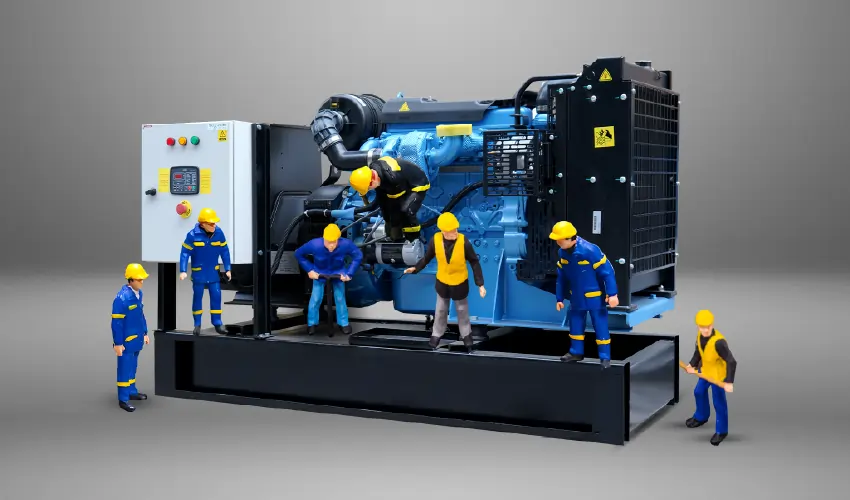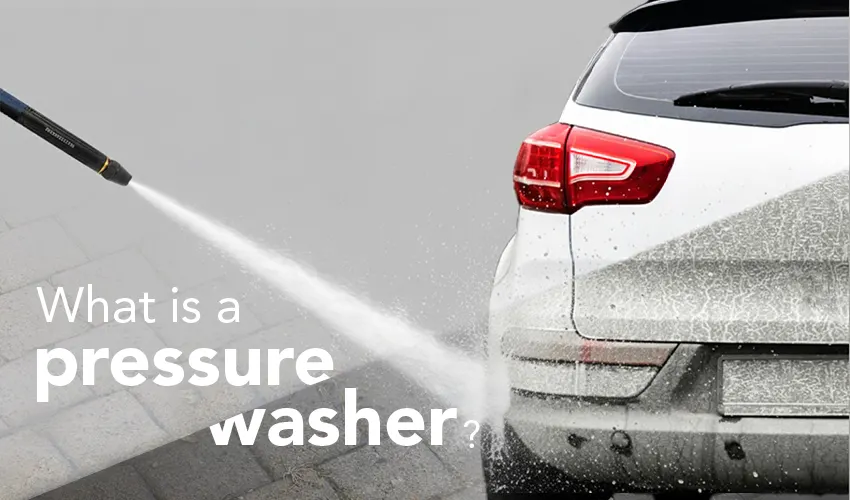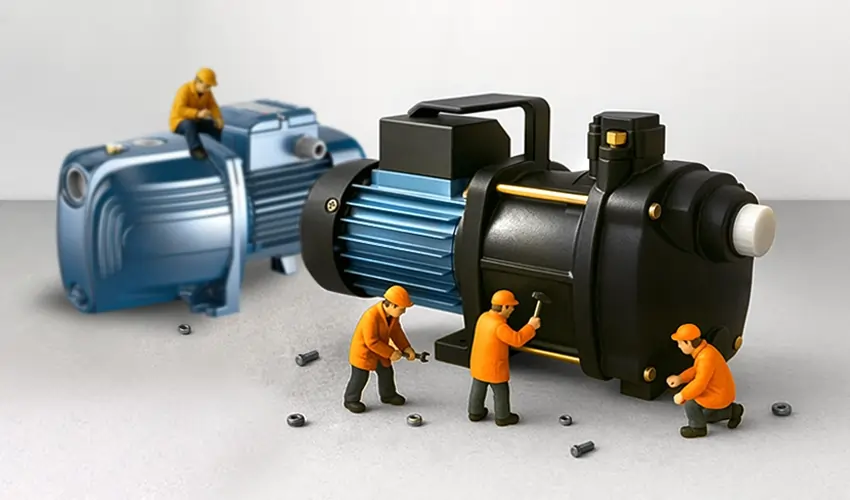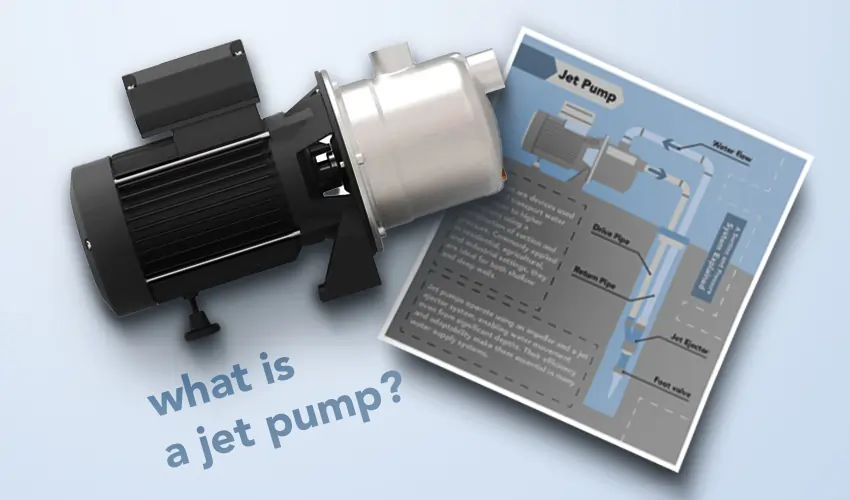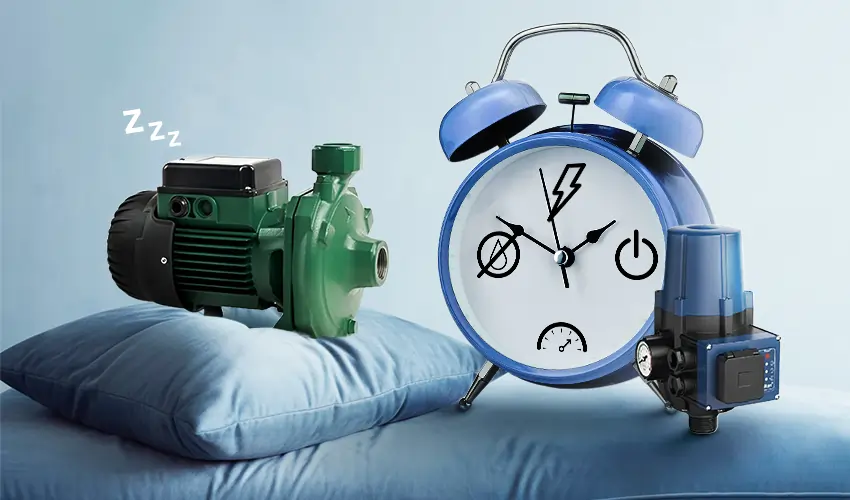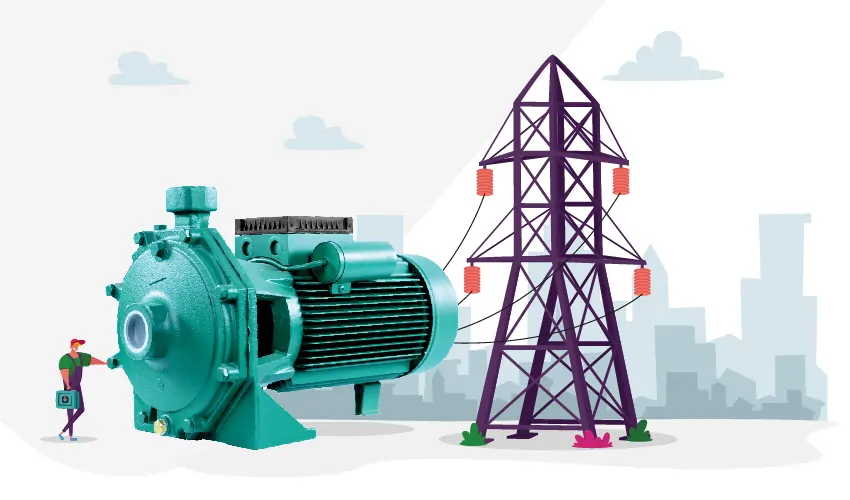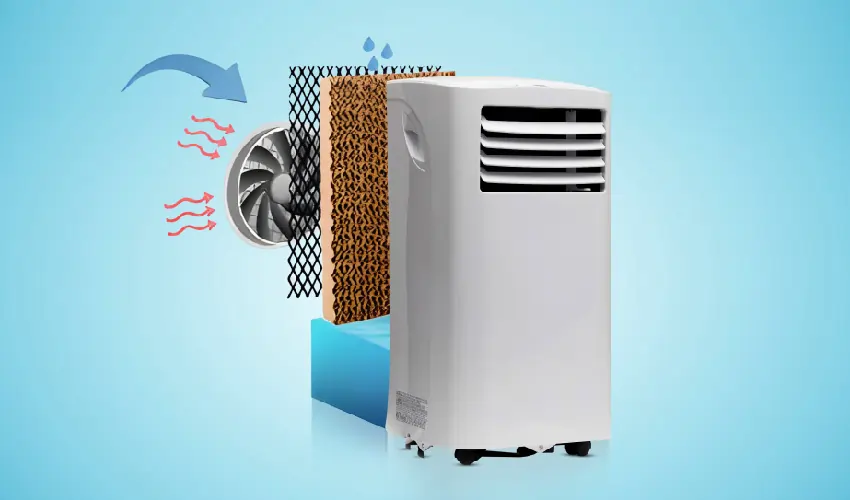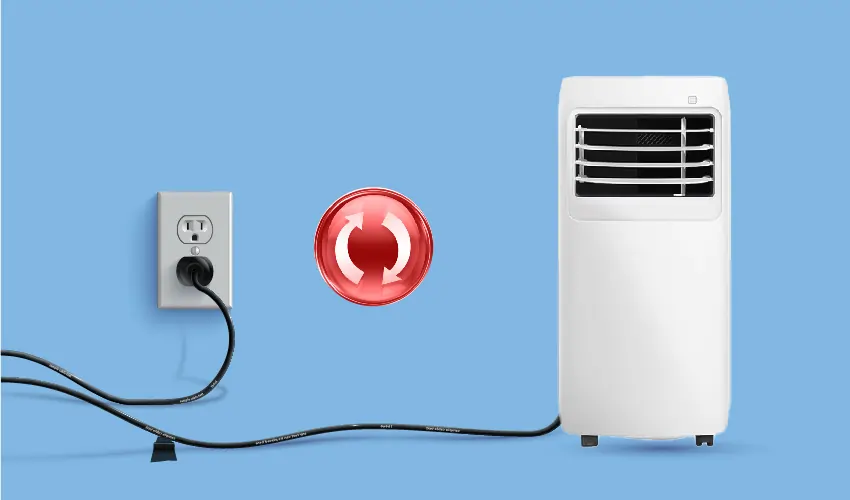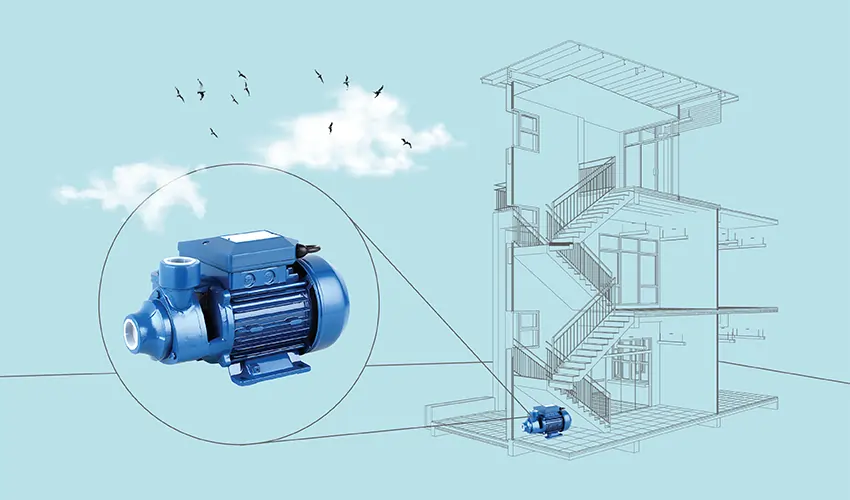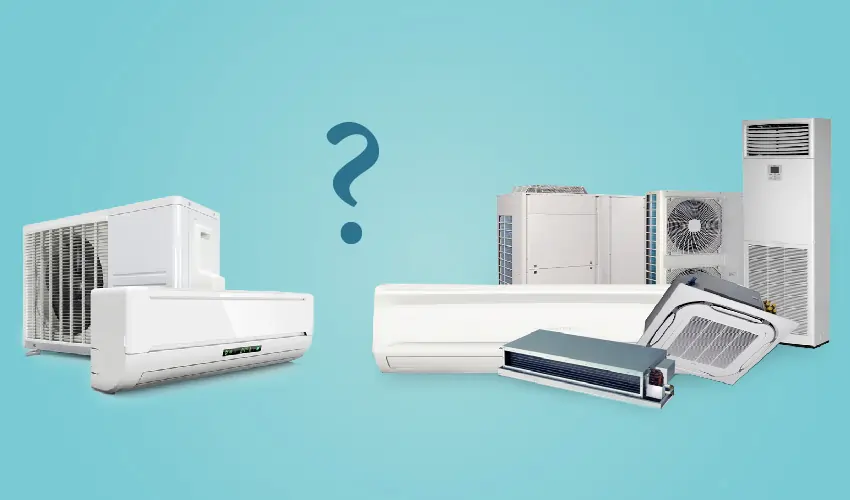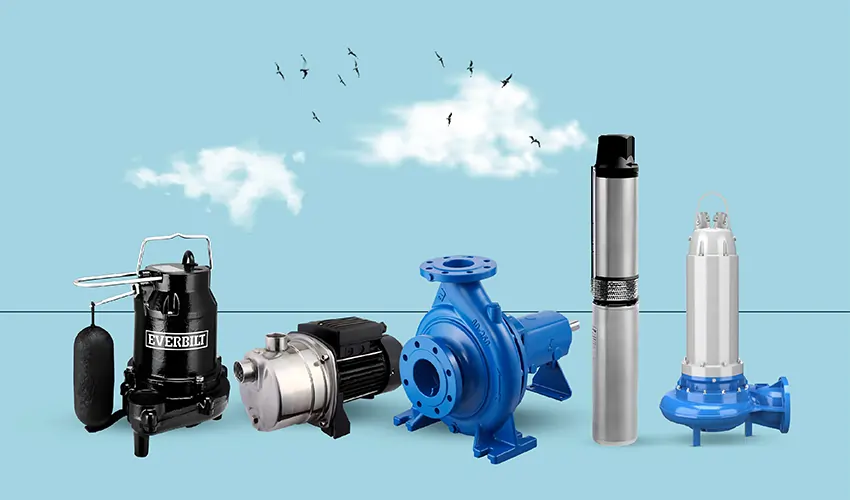Diesel generator set maintenance is essential for ensuring the reliable performance and longevity of these critical backup power systems. Regular maintenance involves inspecting, servicing, and repairing various components such as the engine, fuel system, cooling system, electrical system, and more. Stay tuned for diesel generator set servicing.
What are Diesel Generator Set Parts?
A diesel generator set typically consists of several key components that work together to generate electricity. Here are the main parts of a diesel generator set:
Diesel Engine
This is the primary component responsible for converting the chemical energy in diesel fuel into mechanical energy. The engine typically includes components such as cylinders, pistons, crankshaft, fuel injection system, cooling system, and exhaust system.
Alternator (Generator)
The alternator converts the mechanical energy from the diesel engine into electrical energy. It consists of a rotor (rotating part) and a stator (stationary part) wound with wire coils. When the rotor spins within the stator, it induces an alternating current (AC) in the coils.
Fuel System
The fuel system stores, filters, and delivers diesel fuel to the engine. It includes components such as fuel tanks, fuel filters, fuel lines, fuel pumps, and fuel injectors.
Cooling System
Diesel engines generate a significant amount of heat during operation, so a cooling system is essential to maintain the engine at optimal operating temperatures. Common cooling system components include radiators, coolant pumps, thermostats, and cooling fans.
Exhaust System
The exhaust system removes the combustion gases produced during the diesel engine’s operation. It typically includes components such as exhaust manifolds, mufflers, exhaust pipes, and catalytic converters (in some models).
Electrical System
This includes components such as the battery, starter motor, and control panel. The battery provides initial power to start the engine, while the starter motor cranks the engine to get it running. The control panel allows operators to monitor the generator’s performance, control its operation, and manage safety features.
Governor
The governor regulates the speed of the diesel engine to maintain a stable frequency output from the alternator, ensuring that the generator produces electricity at the desired voltage and frequency.
Voltage Regulator
This component regulates the output voltage of the generator to ensure that it remains within acceptable limits, regardless of changes in load or engine speed.
Air Intake System
Diesel engines require a steady supply of clean air for combustion. The air intake system typically includes components such as air filters, intake manifolds, and turbochargers (in some models) to ensure efficient engine operation.
Base Frame or Skid
The base frame or skid provides a sturdy foundation for mounting the diesel engine, alternator, and other components. It also serves to dampen vibrations and minimize noise during operation.
Benefits of Diesel Generator Set Maintenance
Regular diesel generating set upkeep offers several benefits, including:
Reliability
Routine maintenance helps ensure that the generator operates reliably when needed. By inspecting and servicing components regularly, potential issues can be identified and addressed before they escalate into major problems that could lead to generator failure.
Extended Lifespan
Proper maintenance helps extend the lifespan of the generator set. Regular servicing of key components such as the engine, alternator, and cooling system can prevent premature wear and tear, allowing the generator to operate efficiently for a longer period.
Optimal Performance
Well-maintained generator sets operate at optimal performance levels. Clean filters, properly lubricated parts, and calibrated systems ensure that the generator delivers the expected power output with minimal fuel consumption and emissions.
Fuel Efficiency
Regular maintenance can improve fuel efficiency by ensuring that the engine operates at its peak performance. Clean fuel filters, properly tuned engines, and well-maintained fuel injection systems help optimize fuel combustion, reducing fuel consumption and operating costs.
Safety
Maintenance helps ensure the safe operation of the generator set. Inspections of electrical connections, fuel lines, and exhaust systems can identify potential safety hazards such as loose connections, leaks, or exhaust blockages, which, if left unchecked, could pose risks to personnel or equipment.
Compliance
Regular maintenance helps ensure that the generator set remains compliant with relevant regulations and standards. Many jurisdictions require periodic inspections and servicing of backup power systems to meet safety and environmental requirements.
Reduced Downtime
Planned maintenance reduces the risk of unexpected breakdowns and downtime. By scheduling regular servicing during planned maintenance intervals, operators can minimize disruptions to critical operations and avoid costly emergency repairs.
Environmental Impact
Properly maintained generator sets produce fewer emissions and have a smaller environmental footprint compared to poorly maintained or malfunctioning units. Regular servicing helps optimize engine performance, reducing harmful emissions and pollution.
Resale Value
A well-maintained generator set retains its resale value better than one that has been neglected. Prospective buyers are more likely to pay a premium for a generator with a documented maintenance history and a reputation for reliability.
What are Common Diesel Generator Set Problems
Fuel-related Problems
Contaminated fuel: Water or particulate matter in the fuel can clog filters, injectors, and damage engine components.
Fuel leaks: Leaks in fuel lines or connections can lead to fuel loss and potentially hazardous situations.
Starting Problems
Battery issues: Dead or weak batteries can prevent the generator from starting.
Starter motor failure: A malfunctioning starter motor may not engage properly, preventing the engine from cranking.
Cooling System Issues
Overheating: Insufficient coolant levels, coolant leaks, or malfunctioning cooling fans can cause the engine to overheat.
Cooling system blockages: Blocked radiator fins or coolant passages can restrict airflow or coolant flow, leading to overheating.
Exhaust System Problems
Exhaust leaks: Leaks in exhaust pipes or manifolds can cause noise, decrease engine performance, and pose safety hazards due to exposure to exhaust gases.
Exhaust restrictions: Blockages in exhaust systems can increase back pressure, reducing engine efficiency and potentially causing overheating.
Oil-related Issues
Low oil levels: Inadequate lubrication can lead to excessive wear and damage to engine components.
Oil leaks: Leaks in oil seals, gaskets, or connections can result in oil loss and potential environmental contamination.
Electrical System Failures
Faulty alternator: A malfunctioning alternator can lead to power output issues, voltage fluctuations, and electrical system failures.
Wiring problems: Loose connections, corroded terminals, or damaged wiring can cause electrical shorts, voltage drops, and unreliable operation.
Governor and Voltage Regulation Problems
Governor failure: Malfunctioning governors may cause engine overspeed or under-speed conditions, affecting power output and frequency stability.
Voltage regulator issues: Faulty voltage regulators can result in voltage fluctuations, leading to potential damage to connected equipment.
Mechanical Failures
Worn-out components: Wear and tear on engine parts, such as pistons, rings, bearings, and valves, can lead to reduced performance and reliability.
Vibration-related problems: Excessive vibration can cause damage to engine mounts, connections, and other components.
Sensor and Control System Malfunctions
Faulty sensors: Malfunctioning sensors for temperature, pressure, or speed can result in inaccurate readings and improper engine control.
Control system failures: Malfunctioning control panels, relays, or electronic control units can lead to erratic operation and system shutdowns.
What is Diesel Generator Set Maintenance Checklist?
Visual Inspection: Check for leaks, corrosion, or damage to the generator set components. Inspect cables, connectors, and wiring for signs of wear or damage. Ensure the generator set is clean and free from debris.
Fuel System: Check fuel levels and refill as needed. Inspect fuel lines, filters, and connections for leaks or damage. Drain water and sediment from fuel tanks and filters. Test fuel quality and consider fuel treatment additives if necessary.
Cooling System: Check coolant levels and top up if necessary with the recommended coolant mixture. Inspect hoses, clamps, and connections for leaks or damage. Clean the radiator and cooling fins to ensure proper airflow. Test coolant quality and pH level, and replace coolant as needed.
Lubrication: Check engine oil levels and top up if necessary with the recommended oil type. Inspect oil filters and replace if dirty or clogged. Check for oil leaks around gaskets, seals, and connections. Lubricate moving parts such as bearings and linkages as per manufacturer recommendations.
Air Intake System: Inspect air filters and replace if dirty or clogged. Clean the air intake system to remove debris and ensure unrestricted airflow. Check for leaks or damage in the air intake hoses and connections.
Electrical System: Test and inspect batteries for proper voltage and electrolyte levels. Clean battery terminals and connections to ensure good electrical contact. Check the condition of battery cables and replace if corroded or damaged. Test and inspect the charging system, including alternator output and voltage regulator operation. Exhaust System: Inspect exhaust pipes, mufflers, and connections for leaks or damage. Check exhaust system supports and hangers for secure mounting. Clean exhaust outlets to prevent blockages and ensure proper ventilation.
Governor and Voltage Regulation: Test governor operation and adjust speed settings if necessary. Check voltage regulator settings and adjust as needed to maintain stable output voltage.
Control Panel and Safety Devices: Inspect control panel displays, gauges, and indicators for proper operation. Test emergency shutdown systems and safety devices, such as overcurrent protection and low oil pressure shutdown. Verify proper functioning of remote monitoring and control systems, if applicable.
Load Testing: Conduct periodic load tests to verify the generator set’s performance under varying loads. Monitor voltage and frequency stability during load testing and adjust settings if necessary.
Documentation: Keep detailed records of maintenance activities, including dates, tasks performed, and any issues identified. Document any repairs or replacements made during maintenance activities. Maintain a log of fuel consumption, operating hours, and any operational anomalies observed.

